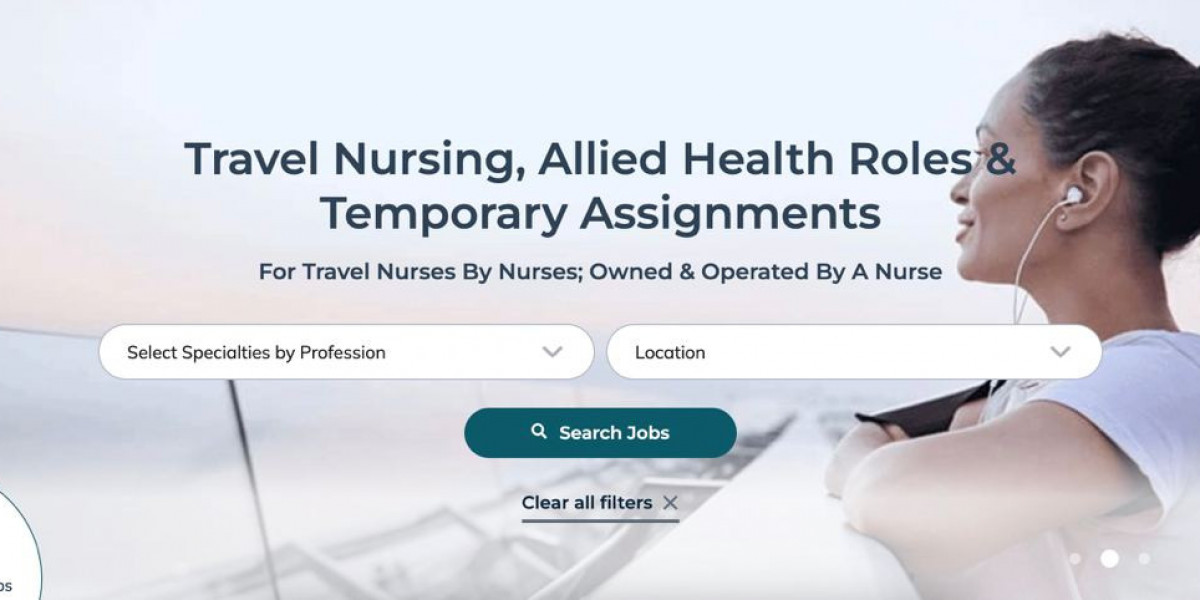Healthcare teams don’t succeed by accident. They succeed when the right nurse shows up ready to work, blends into the unit, and supports safe staffing from day one. That is the heart of people-first staffing: match skill to need, and match personality to culture. As an advisor to hospital leaders and traveling clinicians alike, I see one simple truth hold up again and again—relationships drive outcomes. Get the relationship right, and metrics follow: lower burnout, steadier coverage, and better patient experiences.
The Real Mission: People Before Placements
Good staffing is not about filling a slot. It’s about listening to what a unit actually needs and shaping a short list that fits that brief. Start with the details that matter on the floor: acuity mix, patient volumes, shift patterns, charting systems, and the team’s communication style. Then look for professionals with verified licenses, clean references, and the specific competencies that map to those needs—telemetry rhythms, ventilator checks, neuro assessments, wound care, crisis triage, and more.
There’s also the human layer. A high-intensity ICU needs calm operators who can escalate early without drama. Rural med-surg often needs agile generalists who switch gears fast and teach as they go. When a staffing partner puts this context first, the match becomes more than a contract; it becomes a reliable extension of the care team.
Why Travel Nurses Lift Care—Fast Coverage, Wide Reach
Travel nursing solves a core problem: coverage gaps that threaten safety and morale. A strong partner brings three advantages.
- Speed to start. Time kills staffing plans. You need candidates who can clear credentialing quickly and step onto the floor without hand-holding. That means immunizations up to date, background checks complete, certification cards on file, and competencies documented before submission—less back-and-forth, fewer delays.
- National reach with local fit. Hard-to-fill roles often need a wider search. The best partners run nationwide pipelines yet read local needs well—urban ED nights, mountain-town winters, rural swing shifts. They know which candidates thrive where, and why.
- Support that keeps people on assignment. Travel is stressful. Housing, schedule changes, onboarding quirks—these can break an assignment if no one is responsive. Teams that support both the facility and the clinician reduce churn and keep care stable.
Transparency Builds Trust—Pay, Schedules, and Communication
Trust falls apart when details are hidden. Clinicians want to see pay packages clearly: taxable base, stipends, overtime, and any compliance deductions. Facilities want the same clarity on bill rates and timekeeping. The formula is not complicated: write it down, keep it consistent, and stick to it.
Communication is an equal pillar. Set expectations at submission: likely start dates, EMR training, floating rules, weekend rotations, and any on-call needs. If a candidate declines, share the feedback. If the facility changes scope, alert the clinician at once. Silence creates rumor; clarity creates momentum.
Tech That Actually Helps—Less Friction, More Placement
Technology should remove friction, not add it. Clinicians need to manage documents, update licenses, and track submittals without digging through email threads. Recruiters need clean dashboards to search by skills, dates, and geography, then reach out quickly with accurate information.
Here’s what “helpful tech” looks like in practice:
- Profile once, use everywhere. Upload certs and skills checklists one time. No repeated busywork.
- Real job data. Shift type, hours per week, float expectations, preceptor coverage, and pay bands displayed up front.
- Status clarity. Submitted, interviewing, offered, declined—plain status updates at every step.
- Alerts that matter. License renewals due, missing immunizations, expiring documents—nudges that prevent last-minute surprises.
When the platform handles the routine, humans can focus on the match: coaching a nurse before an interview, calibrating with a nurse manager after the first shift, or solving a housing hiccup that would otherwise end an assignment.
Looking at specific regional options can also refine your search. If Vermont fits your plans, explore roles here: https://tlcnursing.com/search-travel-jobs/search-jobs-in-vermont/. Review pay details, facility notes, and start dates to gauge fit before you apply.
A Simple Path That Respects Your Time
The process should be straightforward for both sides of the match. Here’s a clean path that works.
1) Sign up and build a complete profile.
Create an account and add the basics: licenses, certs (BLS, ACLS, PALS, NIHSS as relevant), work history, and unit-specific skills. Include shift preferences and geography limits. A complete profile shortens lead time and reduces credentialing friction later.
2) Discover roles that match your goals.
Search by specialty, shift, start date, and pay range. Read the fine print—float expectations, ratio norms, charting systems—to avoid mismatches. Save roles that meet your criteria and set alerts so new postings reach you before they’re saturated.
3) Apply and connect with a recruiter who knows your specialty.
A good recruiter does more than forward a resume. They ask the right questions: What support do you need on night one? Are you comfortable floating to stepdown? Do you want block scheduling? They also push for clarity from the facility: pre-employment modules, orientation length, and unit culture.
4) Start strong, get support, and finish clean.
Before day one, confirm access badges, scrubs, and parking. During week one, expect check-ins that feel like help, not surveillance. When the contract ends, wrap compliance neatly—timesheets, evaluations, and extension options if the fit is strong.
What Facilities Should Expect From a High-Quality Partner
If you manage staffing for a hospital or clinic, hold your partner to these standards:
- Tight submittals. One page with hard facts: skills matrix, recent references, credential status, and availability.
- No games on rates. Transparent pricing, explained once with no hidden add-ons.
- Credentialing that saves your team time. Primary-source verification complete before your team’s first review.
- Escalation paths that work. A single point of contact empowered to fix schedule gaps, extend contracts, or backfill rapidly.
When your partner delivers on these points, your managers spend less time firefighting and more time coaching staff and improving patient flow.
Common Pitfalls—and How to Avoid Them
Even solid programs falter when basics slip. Watch for:
- Vague job posts. Fix with a template that forces clarity: unit type, typical census, float range, core procedures, shift start times.
- Document drift. Use checklists with hard deadlines. Missing flu shots and titers derail starts at the worst moment.
- Silence after submission. Set an SLA for feedback, even if the answer is “on hold.” Candidates deserve a status, not a void.
- Mismatch on culture. Ask units to describe what “great” looks like on their floor. Share that picture with candidates.
The Payoff: Safer Staffing, Happier Teams, Better Care
Done well, travel staffing isn’t a stopgap; it’s a stabilizer. Nurses land on assignments where their skills matter and their work is respected. Leaders run schedules with fewer holes. Patients see steady faces. That’s the core promise of staffing that cares—use the tools, keep the process simple, and lead with people. When you do, the right nurse steps onto the unit and the shift just works.








